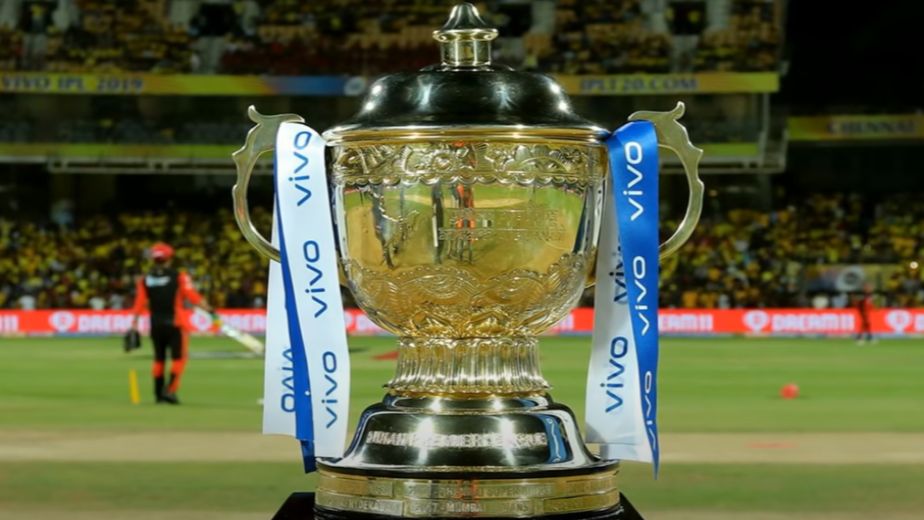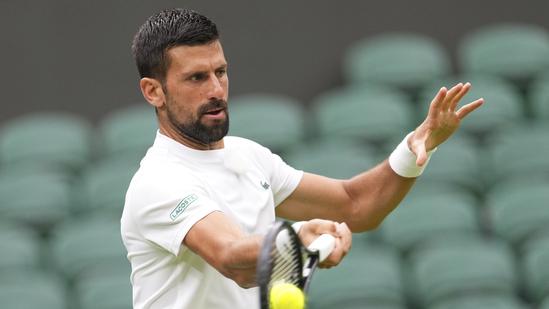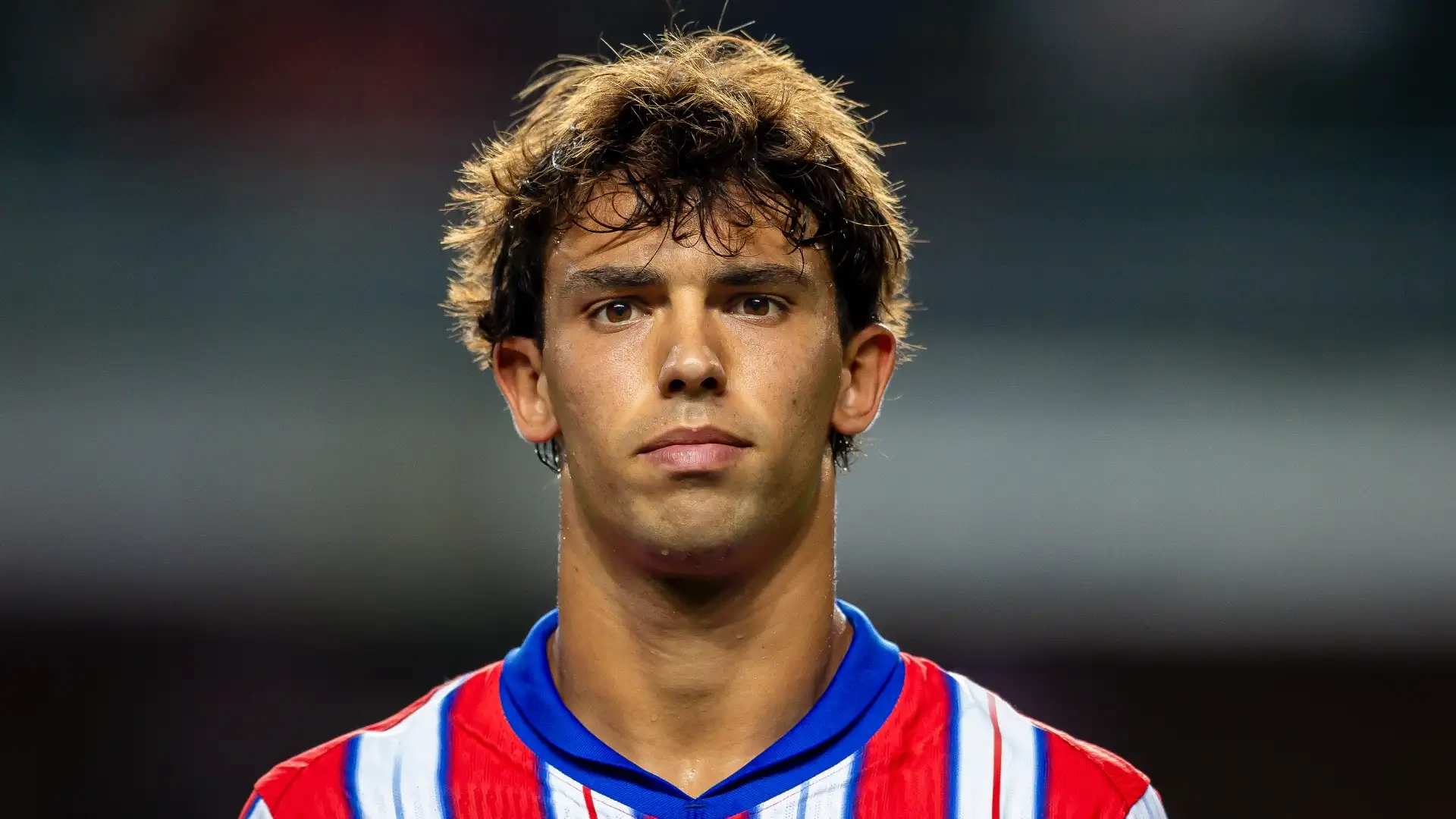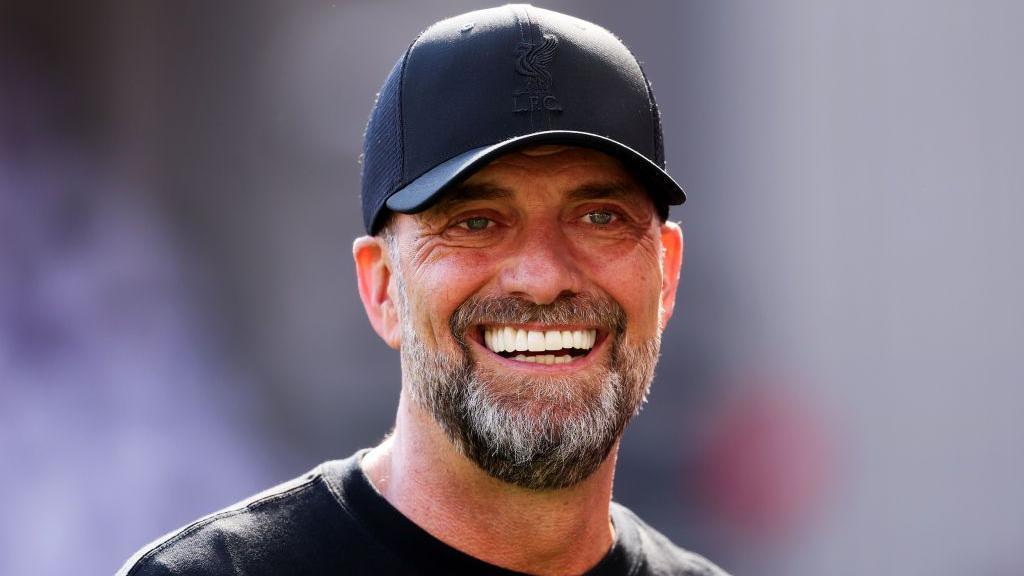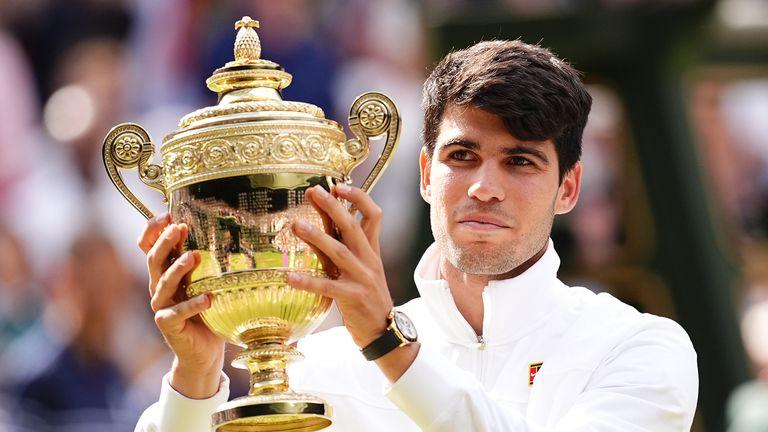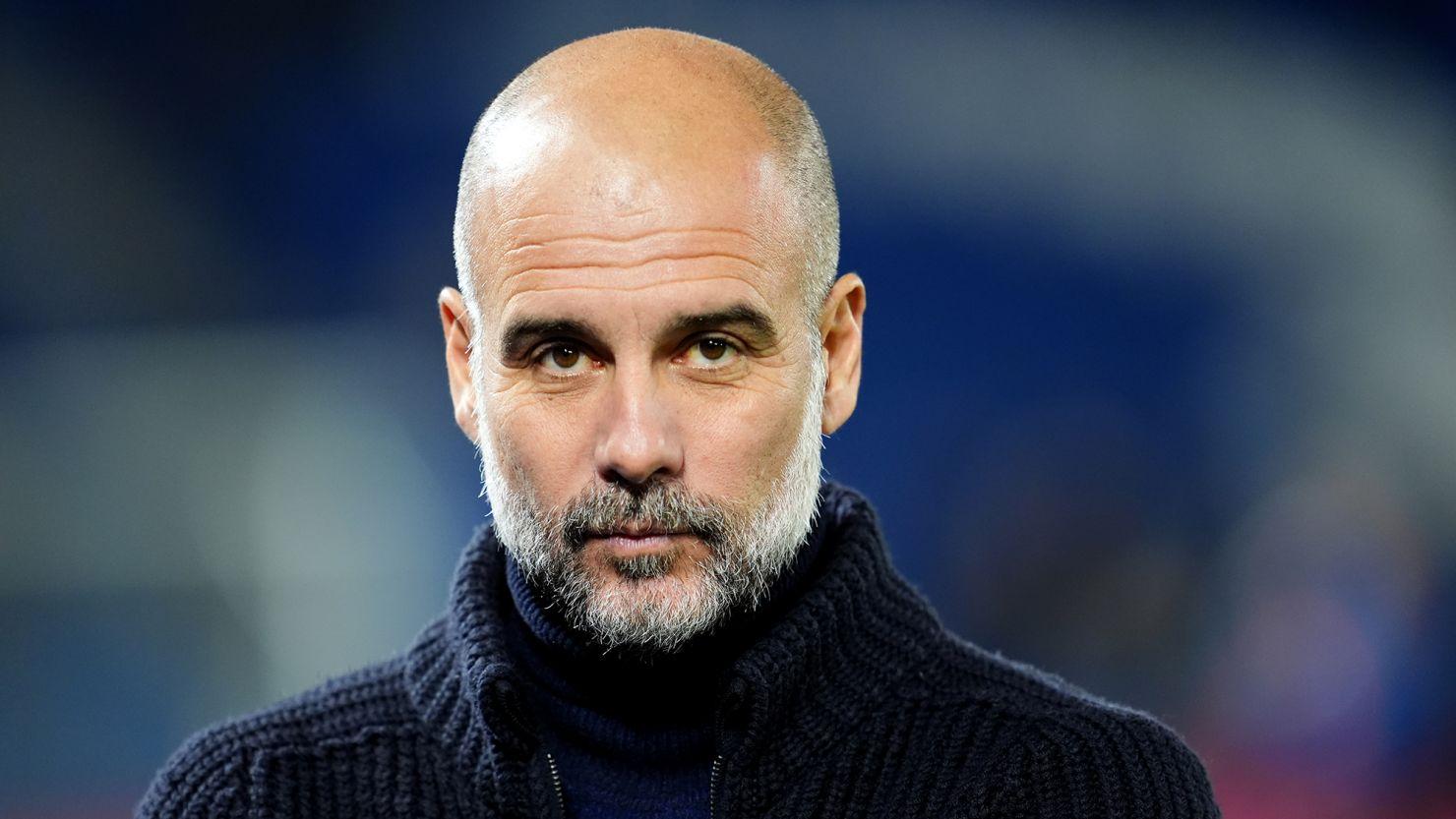The Indian Premier League is undoubtedly one of the hottest properties in the sporting industry, with a value estimated to be around 7 billion dollars before the events that occurred yesterday which saw two new franchises from Lucknow and Ahmedabad being added to the existing eight. A combined amount of 12,715 crores was spent on the two teams from The RPSG Group, who spent a whooping INR 7090 crores, by far the highest bid at the auction while the surprise winners were CVC Capital, who bid INR 5625 crores.
Who are the owners?
RSPG Ventures Ltd, owners of the Lucknow franchise are previously acquainted with the Indian Premier League, having owned the Rising Pune Supergiant in 2016 and 2017 which featured the likes of MS Dhoni, Ben Stokes and Steve Smith. They have not only owned an IPL team but are the current owners of ATK Mohun Bagan in the Indian Super League (ISL) and the RPSG Mavericks Kolkata from the Ultimate Table Tennis (UTT) League. Their Lucknow franchise will be competing at the Bharat Ratna Shri Atal Bihari Vajpayee Ekana Cricket Stadium which has the capacity to seat 50,000.
CVC Capital were the surprise winners of this auction as the Adani Group were favourites to be named as one of the franchise owners. The private equity firm has been very active in the sports industry, having owned Formula 1 from 2006 to 2017, investments in rugby, international volleyball and La Liga. CVC had also entered a consortium to buy a stake in the media business of Italy’s top football league, the Serie A but the deal eventually fell through due to disagreements with some clubs.
Here are all the bidders from the auction:

The lowest bid came from none other than Manchester United’s owners, the Glazer family bid an extremely conservative sum of 4128 crores for the Ahmedabad franchise and 4023 crores for the Lucknow franchise and many fans from the two states would have breathed a sigh of relief, especially considering the dire state of affairs at one of the most iconic club in world football, straddled by debt from the Glazers.
The two new franchises are set to take part from the 2022 season onwards where there would be 10 teams and 74 matches, each team would play 7 matches home and away. According to reports, the 2011 model is likely to be replicated where 10 teams were split into two loose groups where 70 league matches were played followed by four play-off games.
For the existing owners of the eight other franchises, the valuations of the two winning bids would be music to their ears as it will invariably increase the value of their own properties. When Jindal South West (JSW) bought 50% ownership of Delhi Capitals from GMR Group, the franchise was worth an estimated 1100 crores and JSW paid half of that. The total expenditure at the auction for the new franchises lays a benchmark for future negotiations in partial or full ownership of the existing franchises, as and when the situation occurs.
How sustainable is the business model?
With a massive amount of money paid for the two new IPL franchises, the question remains if it’s a good financial decision. For any franchise, there are three main revenue streams: central rights income (share of media rights and central sponsorship), team sponsorship and gate revenue. When Star India bought the rights for the Indian Premier League in 2017, each franchise received an estimated INR 200 crores as revenue. With the inclusion of two more franchises, it’s estimated that each team will now receive between INR 275 – 300 crores as revenue for the next 10 years.
However, it’s important to note that the two new franchises have to pay their bid amount in a 10 year period, after which a 20% franchise fee from it’s overall revenue to the BCCI. What this means is that the new franchises will take a lot longer to start making profit and are looking at the IPL as a long term investment. According to Amit Mathur, a seasoned cricket administrator, an investment of this nature doesn’t make sense. He took to social media to say:

One thing is clear, few would have predicted in 2008 that the Indian Premier League would become as lucrative a business opportunity as it is today and as former England captain Michael Vaughan rightly said “With two new franchises going for huge numbers it is very clear the IPL is the most powerful aspect of the game now."
Also read: Team's valuation would be a multiple of a few times over 10 years: Goenka


